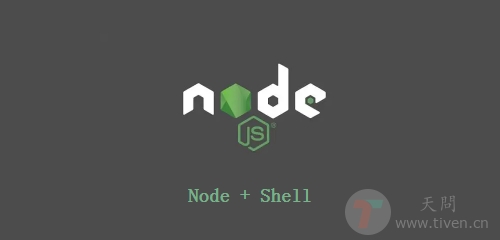在实现前端工程化的过程中,经常需要在一个js脚本中去执行其他node/npm或者其他shell命令。本篇就介绍两种node调用shell的方法。

一、node原生模块:child_process
-
node原生API介绍:
child_process.exec(): 衍生 shell 并在该 shell 中运行命令,完成后将 stdout 和 stderr 传给回调函数。child_process.execFile(): 与 child_process.exec() 类似,不同之处在于,默认情况下,它直接衍生命令,而不先衍生 shell。child_process.fork(): 衍生新的 Node.js 进程并使用建立的 IPC 通信通道(其允许在父子进程之间发送消息)调用指定的模块。child_process.execSync(): child_process.exec() 的同步版本,其将阻塞 Node.js 事件循环。child_process.execFileSync(): child_process.execFile() 的同步版本,其将阻塞 Node.js 事件循环。 -
使用
const process = require("child_process");
// 执行 npm run build 命令
;(function() {
process.exec('npm run build', (error, stdout, stderr) => {
if (!error) {
// 成功
} else {
// 失败
}
});
})();
二、npm包:shelljs
- 安装
npm i -D shelljs
- 使用
const shell = require('shelljs');
// 同步
// 执行 git status 命令
const { code } = shell.exec('git status');
/*
* 返回一个对象
* 可以根据 code 值来判断当前命令是否执行成功
* code === 0 代表成功
* */
// 异步回调
// 执行 git add . 命令
shell.exec('git add .', function(code, stdout, stderr) {
console.log('Exit code:', code);
console.log('Program output:', stdout);
console.log('Program stderr:', stderr);
if (code===0) {
console.log('成功')
// do something
}
});
参考文档:
- http://nodejs.cn/api/child_process.html
- https://www.npmjs.com/package/shelljs
欢迎访问:个人博客地址